Margazhi is the 9th month of the Tamil Calendar which begins around mid-December and ends around mid-January. It marks the time of winter solstice with the days colder than average. The month of Margazhi is synonymous with music and art – from Carnatic music katcheris (concerts) to elaborate kolams (geometric patterns drawn on floor) in front of homes. It is also a period associated with devotion and spiritual pursuits.
Living away from homeland presents its own challenges in terms of passing on culture and traditions to our little one (LO). We’ve been providing as much exposure of our culture to LO through age-appropriate sensorial experiences. In this blog post I’m going to share our Montessori way of celebrating the Margazhi season at home with our 10-month-old through music and art.
Music

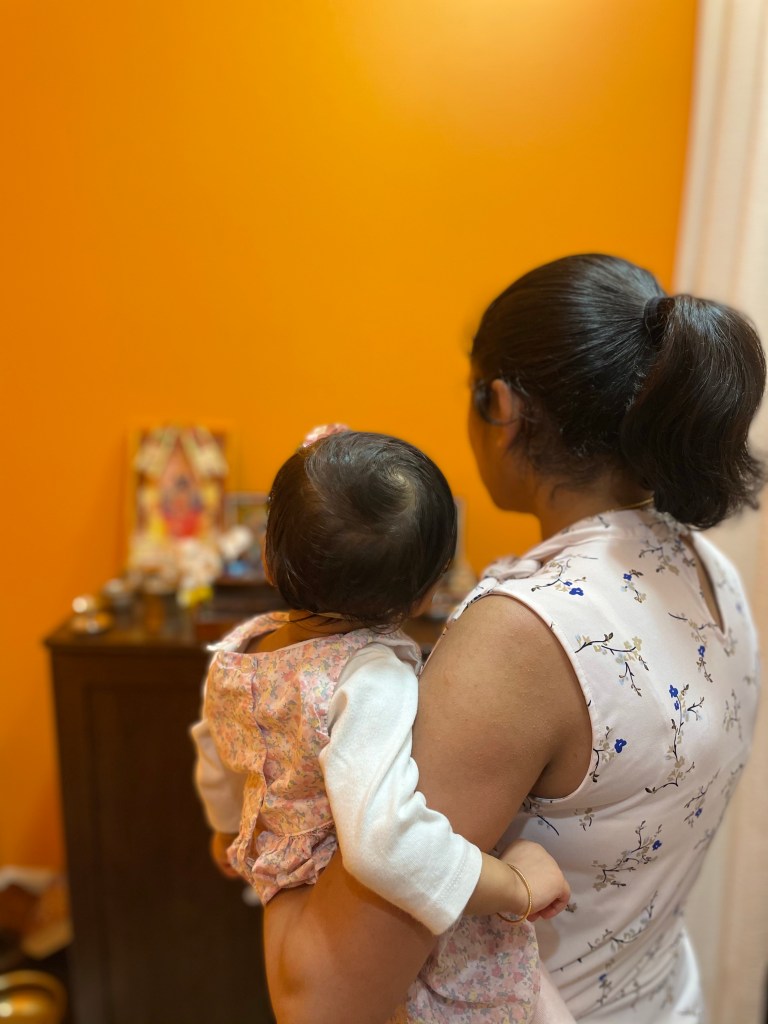
Margazhi is the season of Indian classical music concerts. Since music has been an integral part of our daily rhythm, it is no exception this time of the year. We listen to a range of musical compositions by the Trinity of Carnatic music – Thyagaraja, Shyama Shastri and Muthuswami Dikshitar.As part of our daily prayers, we recite a verse from the devotional poems Thiruppavai and Thiruvembavai. Religious aspect aside, I love to appreciate the beauty and richness of language through poetry. And poetry combined with classical music heightens the melodic beauty, making it a great form of meditation to begin our day.
Art

In the month of Margazhi, women wake up early every day and express their creativity by drawing elaborate and intricate symmetric designs of kolams / geometric patterns on the floor made of rice flour in front of homes. These kolams are harbingers of prosperity and are typically drawn using rice flour in order to serve as food for ants, birds and other little creatures. Drawing these kolams require mastery with pincer grasp and it’s fascinating to observe someone draw a kolam and equally therapeutic to the one who draws.
- As it is evident, pincer grasp and geometry are key components of kolams. Since LO has been interested in picking up tiny objects that she encounters, we’ve been providing her with opportunities to practice pincer grasp through self-feeding finger foods and working with materials such as the pincer grasp puzzle.
- We’ve introduced geometry through this clean and thoughtfully illustrated Shapes book by Xavier Deneux. LO loves touch and feel books in general and this tactile book was an instant hit since the embossed and scooped-out die-cut geometric shapes are very inviting to her to explore and feel the shapes.
- Also along the lines of geometry, the recent addition to our shelf is the Montessori geometric shape puzzle, with the circle being LO’s favorite 😊


As I observe my little one working on pulling out the pincer grasp puzzle and trying to put it back on repeat, I’m reflecting on this quote by Dr. Montessori,
The child feels the need to repeat this exercise not in order to perfect his performance but in order to build up his own inner being, and the time taken, the number of repetitions required, the hidden law inherent in the spiritual embryo is one of the child’s secrets.
How are you celebrating the Margazhi season with your little ones?



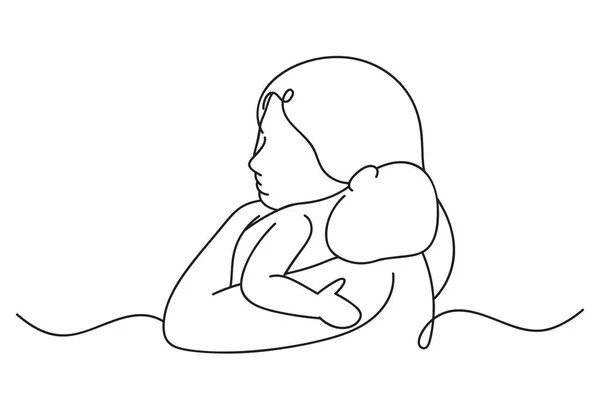

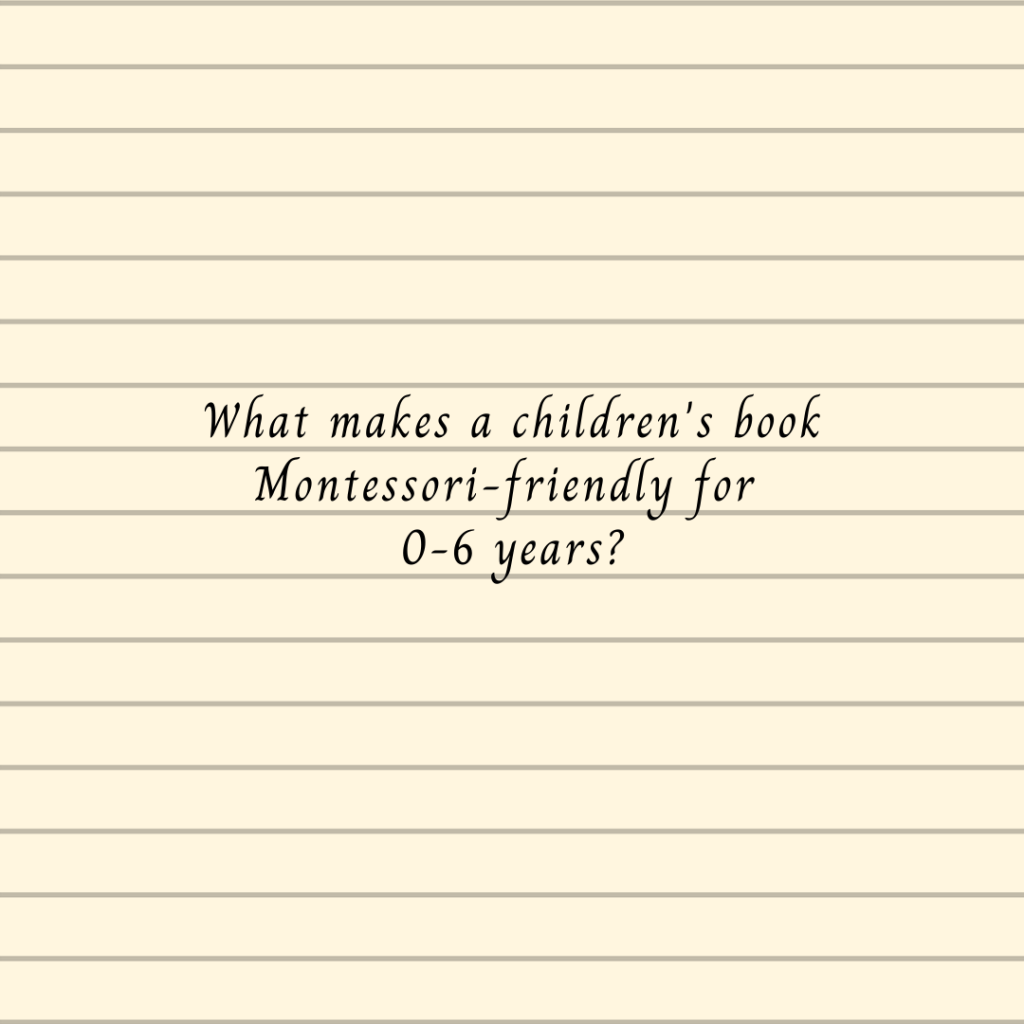
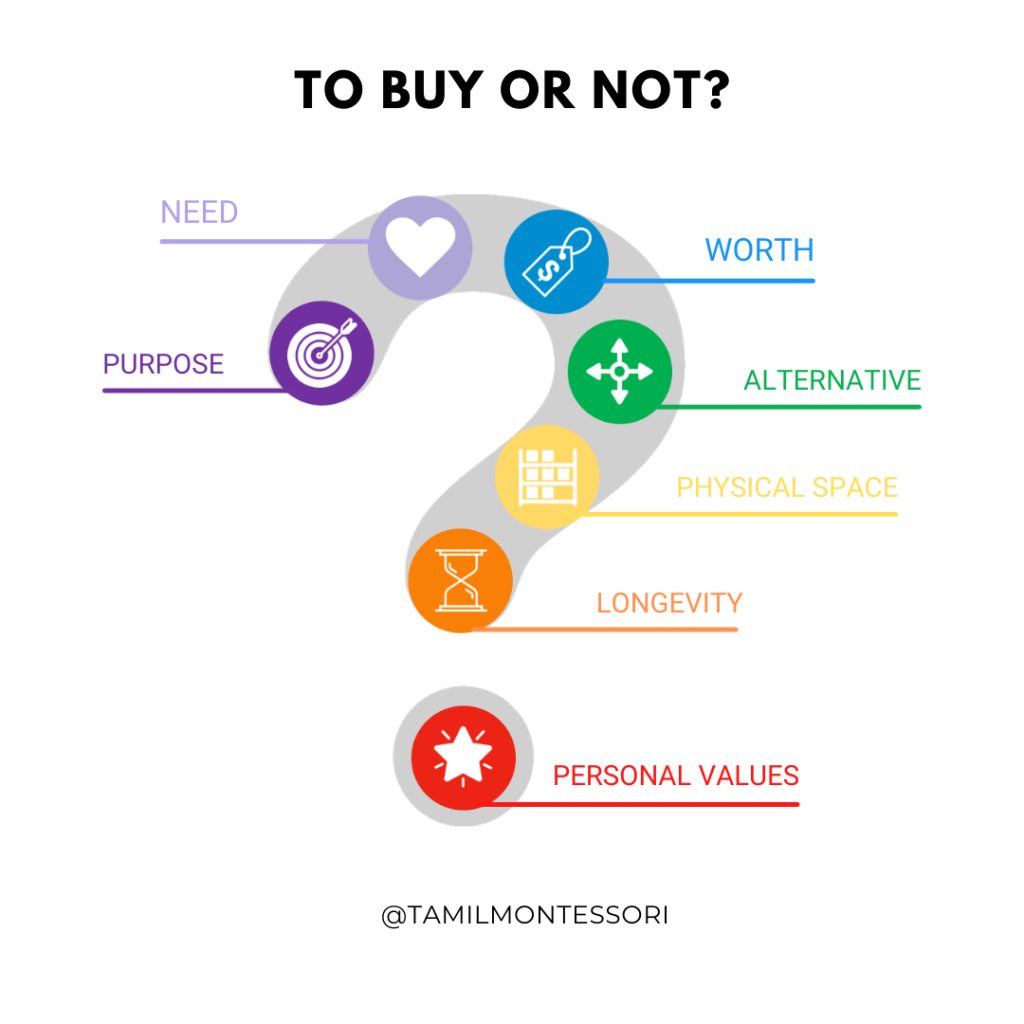
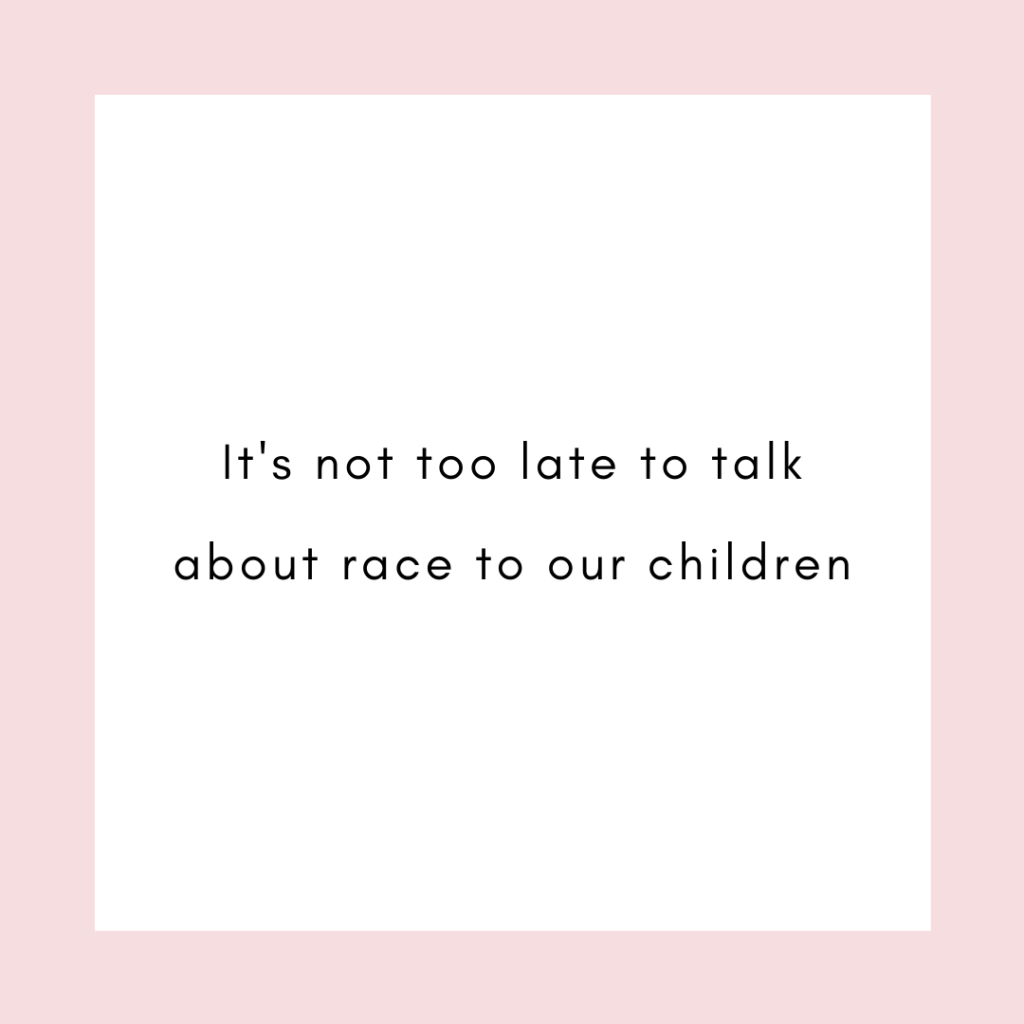
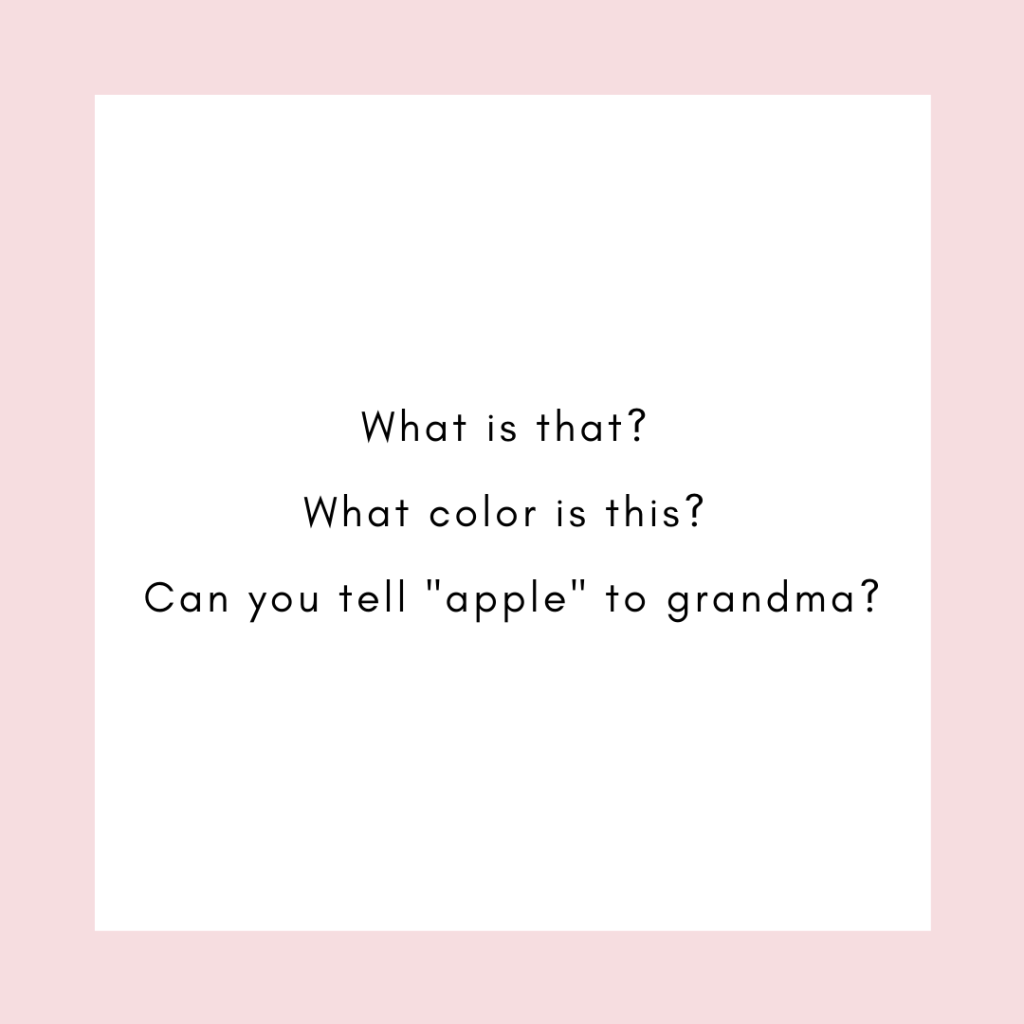
Leave a comment